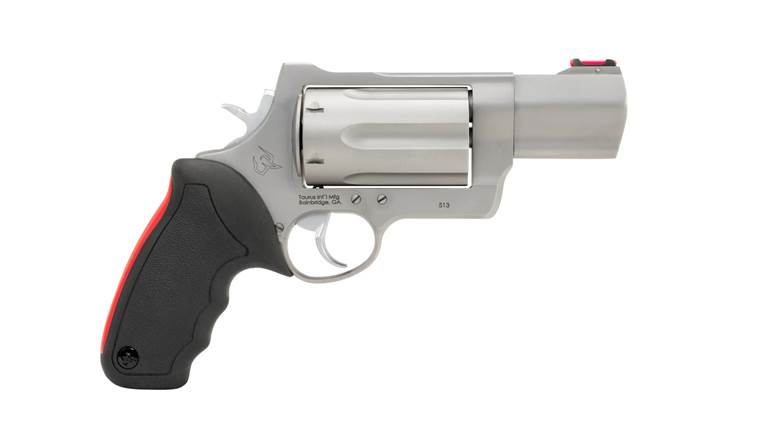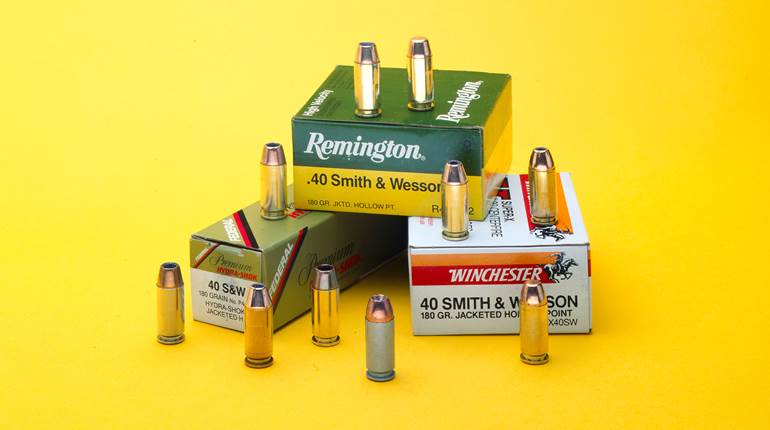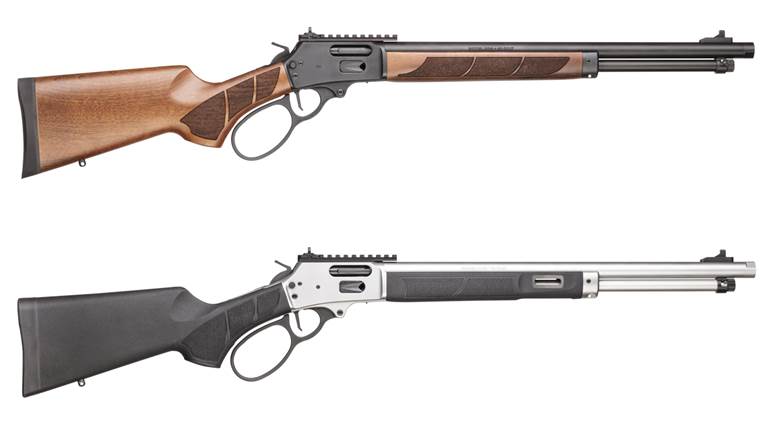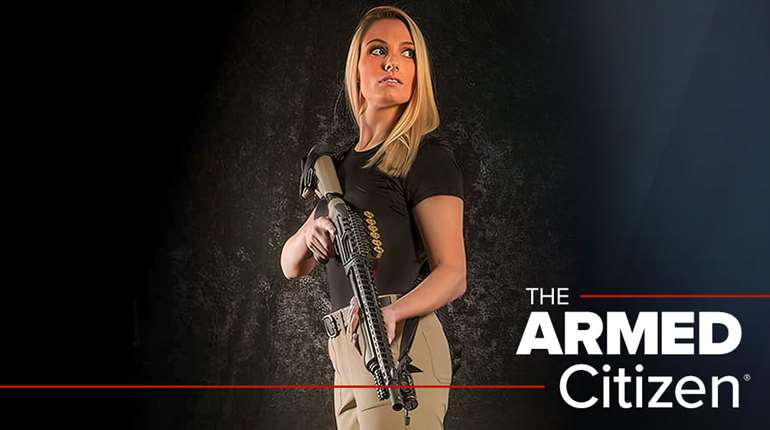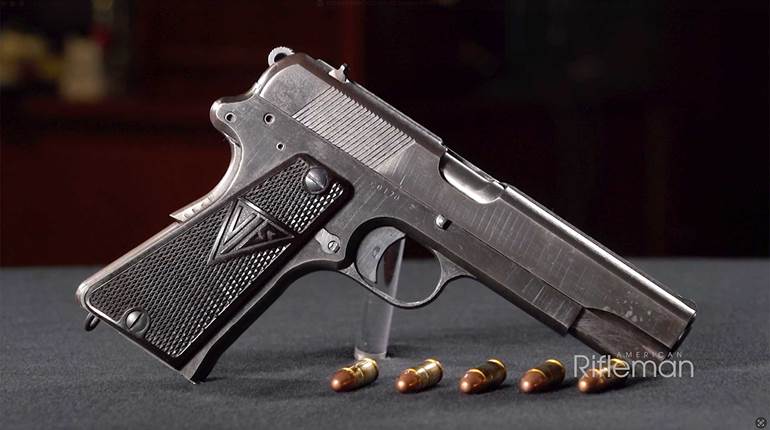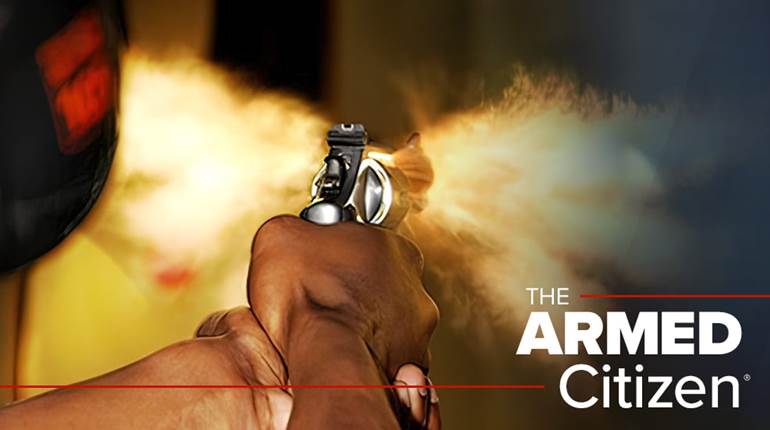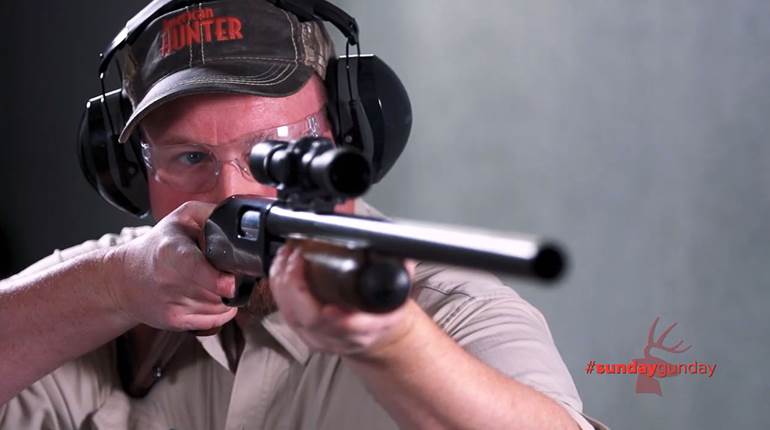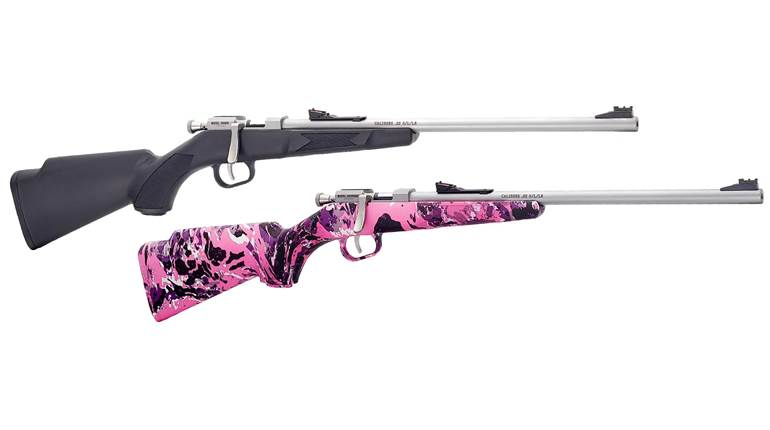
In the 1870s, an interesting phenomenon burst on the firearms scene. Cartridge firearms had been in use since the mid-50s, but most of the early ones were small calibers that were plagued with problems. The first widespread use of practical and powerful metallic cartridges in handguns came with the Peacemaker Colt and the .45 Colt cartridge in 1873. Both gun and ammo are still manufactured and are well known as milestones in firearms history. The big breakthrough was in the centerfire design. The big ol’ .45 Colt case was straight-sided and worked perfectly in the revolver’s cylinder with the rod extractor. In the same year, Winchester introduced a new rifle also destined for gun hall of fame—the 1873 Winchester rifle, chambered for the equally new .44 Winchester Center Fire (.44 W.C.F. or .44-40) cartridge. This cartridge was properly designed for the complicated lever-action feeding and extraction system. Since that mechanism had relatively low camming power and produced considerable cruddy residue, the new .44 cartridge came with a sort of tapered, semi-bottlenecked shape. It proved to be a very workable solution. Then, Colt realized that the new Winchester rifle cartridge could also be made to work in the Single Action Army revolver. Within a short time, the .44 WCF was available in Colt revolvers and Winchester rifles. Thus began the tradition of a cowboy using the same ammo in both carbine and revolver.
By the time this combo became an accepted practice, the .45 Colt had grown in popularity to be the most common of Peacemaker calibers. Virtually the same in rim size and overall length, the .45 Colt is close to the .44 WCF. Why couldn’t we have a carbine/revolver combo of this size? I have no evidence that this was considered back in those Frontier years, but I would be very surprised if Winchester or Marlin didn’t look at it. However, a .45 Colt rifle never existed until modern times, when the replication shops of Italy, Japan and Brazil cranked up and made them. I have had several of these for review—pumps and levers—and the performance never seem to be sufficiently reliable.
I believe that the .45 Colt may be just a little too chubby and not properly tapered for use in a lever-action carbine. It is a great old cartridge, capable of great performance with the right handgun and ammo. This is pure speculation on my part, but it sure seems logical that the old-timers knew that it didn’t belong in a rifle.












